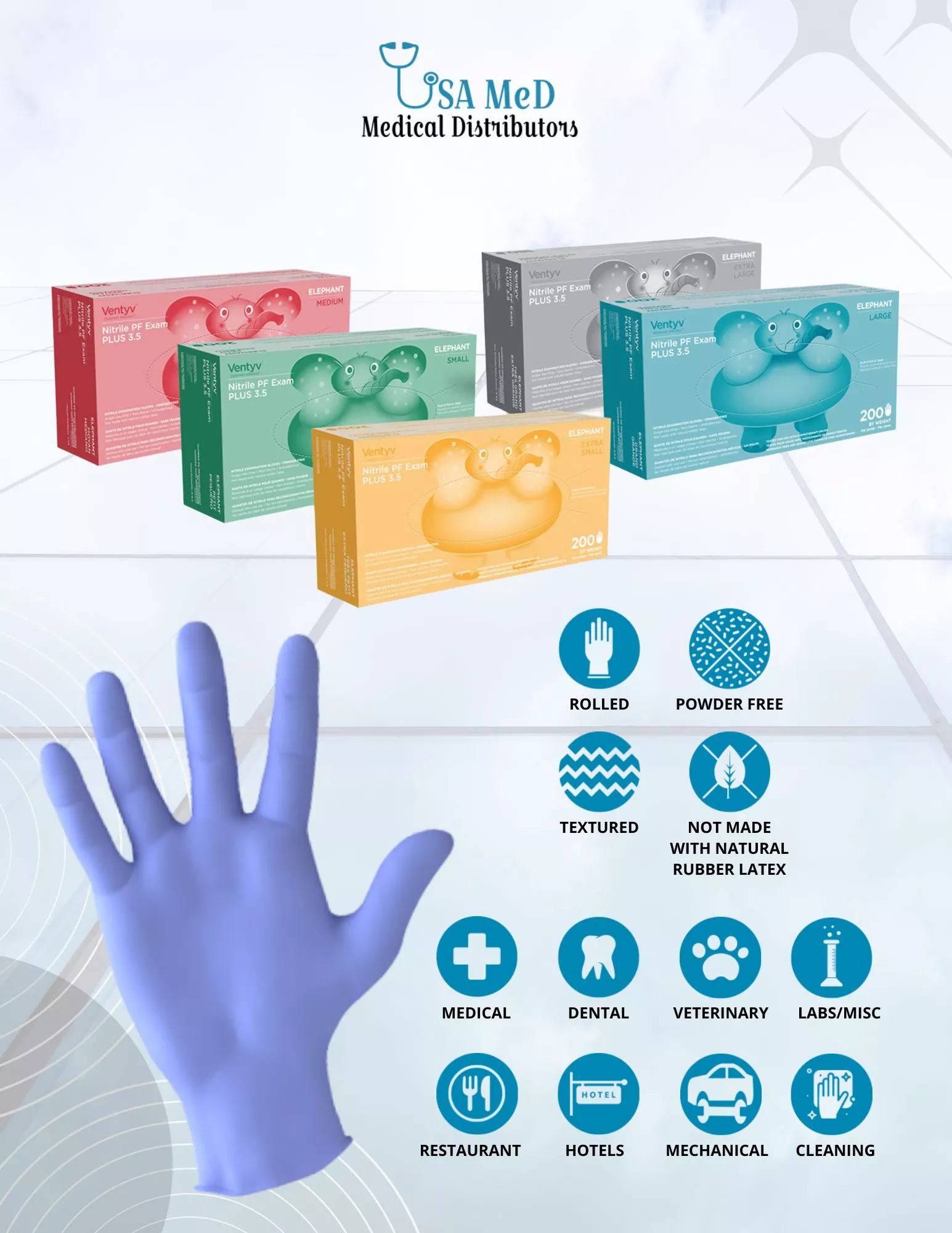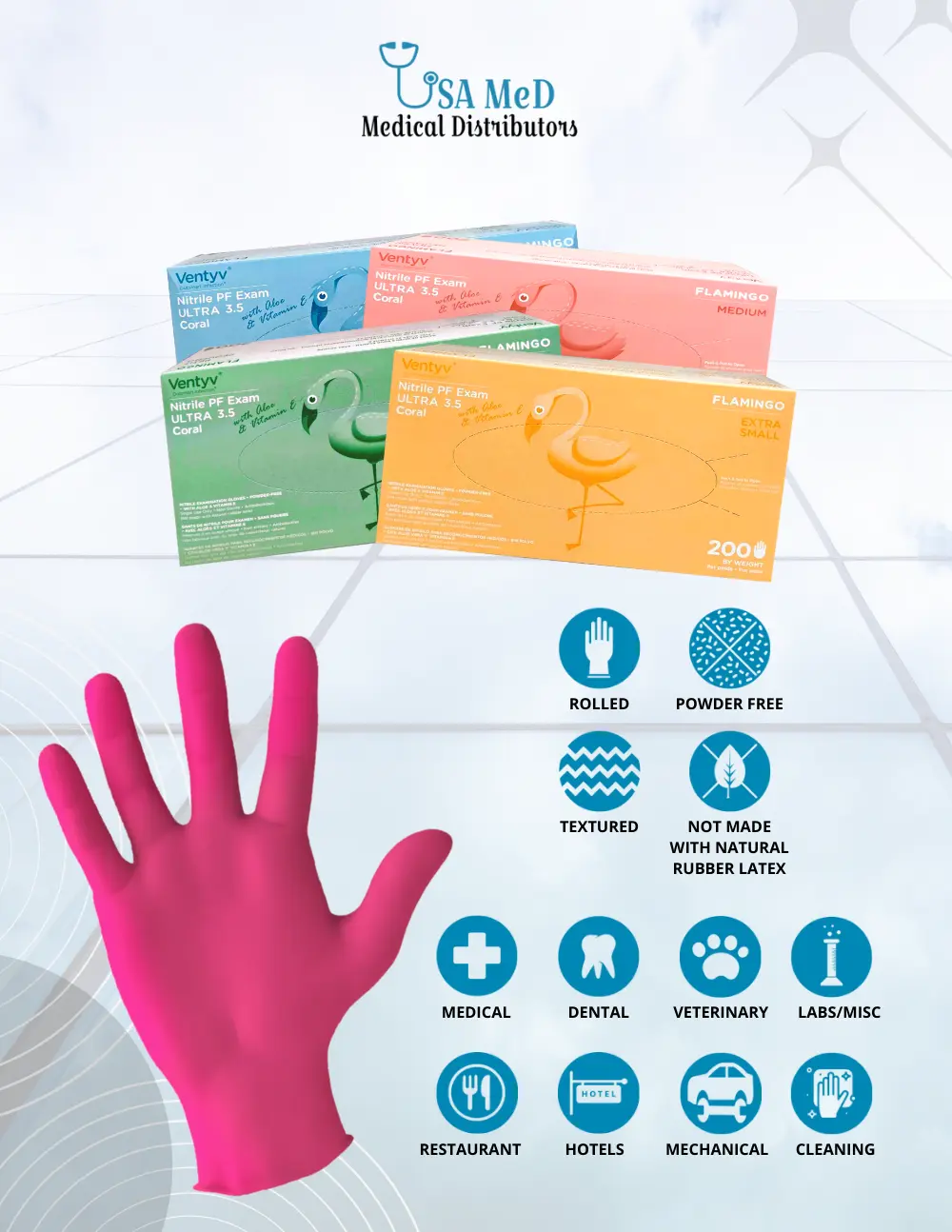
Is Natural Rubber Latex the Same as Latex? Understanding the Differences
Natural rubber latex is a milky fluid derived from the sap of rubber trees, primarily the Hevea brasiliensis species. It is composed of water, proteins,


Nitrile plastic, often confused with nitrile rubber, is a synthetic copolymer made from acrylonitrile and butadiene. While both materials share some common characteristics, they have distinct properties that set them apart. Nitrile rubber’s resistance to oils and fuels makes it a popular choice in automotive and industrial applications. In contrast, nitrile plastic exhibits a unique combination of flexibility and durability that makes it suitable for various manufacturing processes.
One of the key nitrile properties includes its robust chemical resistance, which allows it to withstand exposure to harsh chemicals without degrading. Additionally, nitrile plastic is known for its high tensile strength and excellent abrasion resistance. This makes it an ideal material for products that require both resilience and longevity.
When comparing nitrile plastic to other types of plastics, such as PVC and various elastomers, it’s important to understand the fundamental differences that set them apart.
One of the primary differences between nitrile and PVC lies in their chemical resistance and durability. Nitrile exhibits superior resistance to oils, fuels, and certain chemicals, making it an ideal choice for applications in automotive seals and gaskets. In contrast, while PVC is known for its rigidity and versatility in construction materials, it lacks the same level of resilience against harsh environments.
In terms of elastomer comparison, nitriles are generally more flexible than rigid plastics like PVC. This flexibility contributes to their durability; nitriles can withstand repeated stress without cracking or breaking down over time. Nitriles are more durable than polyethylene or polypropylene, especially in high-temperature applications. Their thermal stability makes them a better choice in such cases.
Lastly, a common question arises: is nitrile plastic? While it contains plastic-like properties due to its synthetic nature, it is classified more accurately as an elastomer because of its rubbery characteristics. Understanding these distinctions can help manufacturers choose the right material for specific applications based on performance requirements and environmental conditions.
In conclusion, nitrile plastic stands out as a versatile synthetic copolymer that combines flexibility and durability, distinguishing it from both nitrile rubber and other plastics like PVC. Its superior chemical resistance and high tensile strength make it an ideal choice for demanding applications in automotive and industrial sectors. When compared to other materials, nitrile’s ability to withstand harsh environments while maintaining resilience highlights its advantages over rigid plastics and less durable elastomers. Furthermore, it is more accurately classified as an elastomer due to its unique properties. This recognition can aid manufacturers in making informed material choices. Ultimately, understanding the characteristics of nitrile plastic empowers industries. It helps them optimize their product performance while ensuring longevity in various applications.

Natural rubber latex is a milky fluid derived from the sap of rubber trees, primarily the Hevea brasiliensis species. It is composed of water, proteins,

Natural rubber latex is a milky fluid harvested from the rubber tree, scientifically known as Hevea brasiliensis. This versatile substance is primarily composed of polyisoprene,

What is Nitrile Plastic? An Overview of Its Properties Nitrile plastic, often confused with nitrile rubber, is a synthetic copolymer made from acrylonitrile and butadiene.

Understanding the Importance of Proper Glove Fit Understanding the importance of proper glove fit is essential for anyone who relies on gloves for protection, comfort,

Introduction: Why Healthcare Gloves are Crucial in Medical Settings In medical settings, healthcare gloves play a pivotal role in ensuring the safety and well-being of
Driven by a passion for excellence, our mission is to consistently deliver the highest quality products at the most affordable prices. We aim to exceed customer expectations, creating value and trust.


Phone Number: (239) 266 -1290
Email Addresses:
sales@usamedicaldistributors.com
customercare@usamedicaldistributors.com
Mailing Address :
501 Goodlette, Frank Rd N A105, Naples, FL 34102
Copyright 2022 – 2024. USAMED Medical Distributors. All rights reserved.
Privacy Policy | Return and Refund Policy
| Website by M. Escober